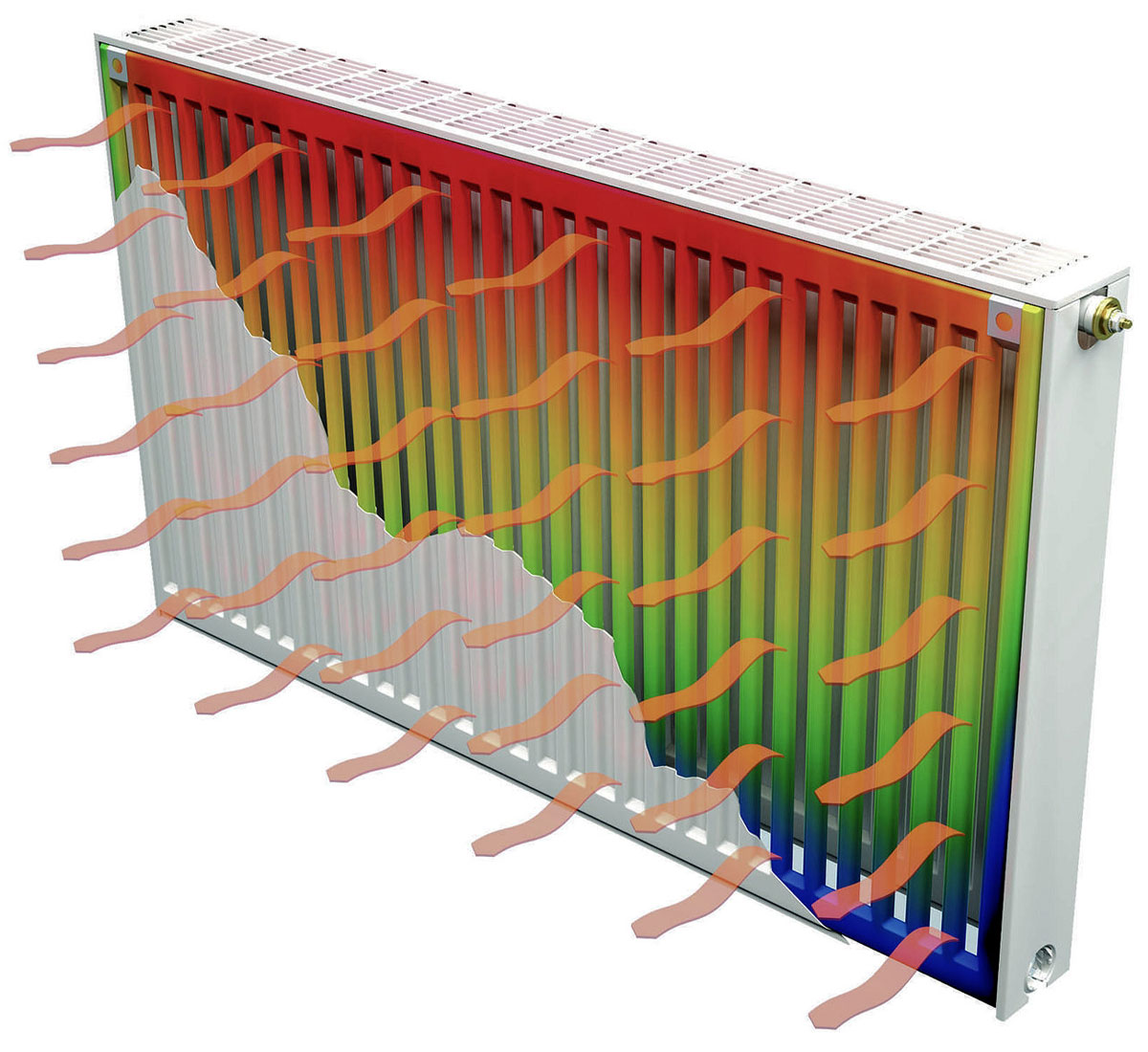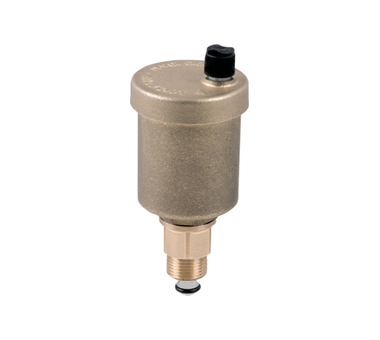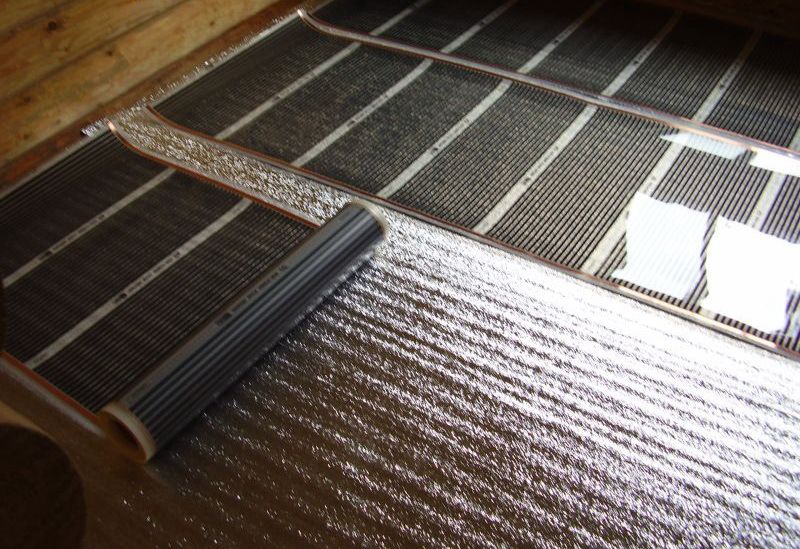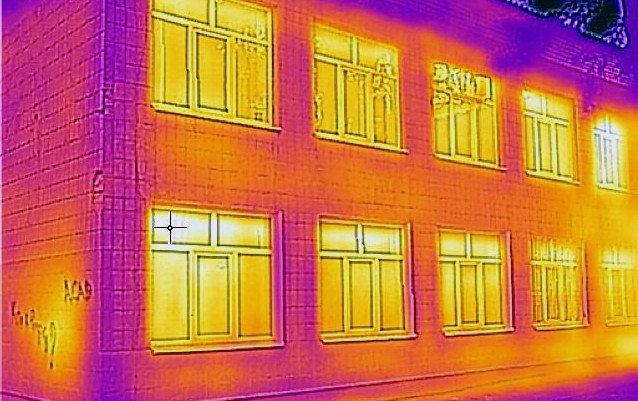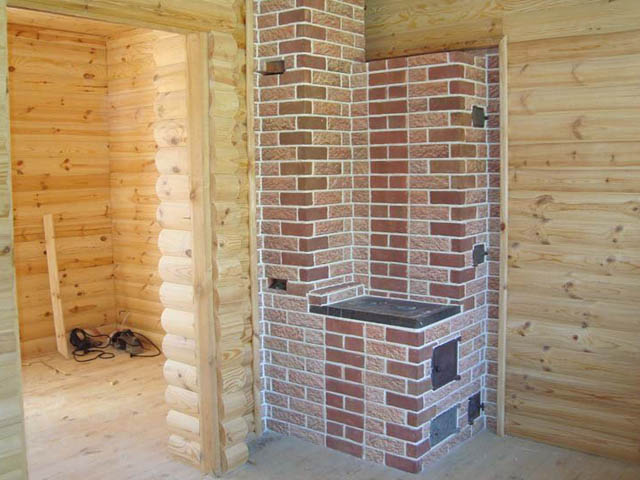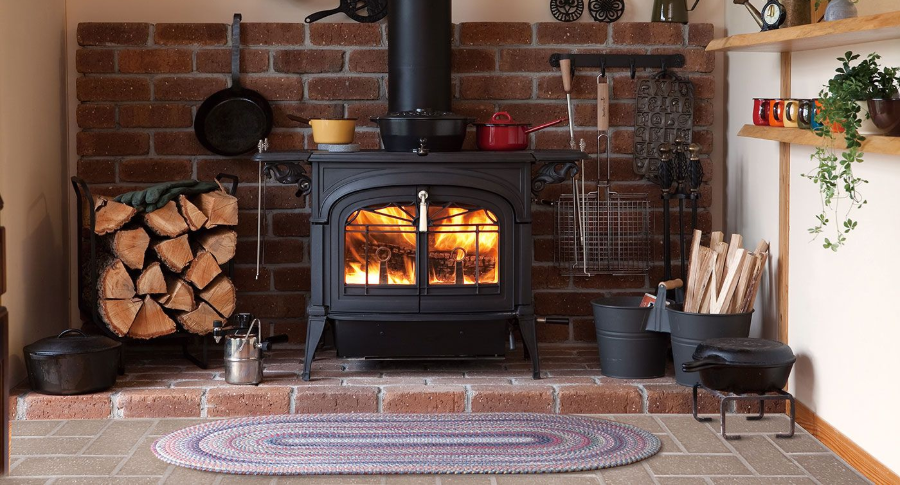In order to have a comfortable temperature inside the room in winter, heat losses must be excluded. Insulation of the ceiling with expanded clay will reduce fuel consumption in the heating system. This process is especially important if the attic in the house is not heated.
Brief characteristics of expanded clay
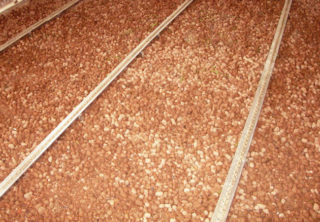
Clay rocks are used to make the material. Granules are obtained by firing raw materials in special furnaces. Since the surface of expanded clay is melted, it becomes smooth. The porous structure is formed by the action of gases released under the influence of high temperature.
The size of the fragments of the material is different: from 5 mm to 4 cm. For the manufacture of the material, only natural raw materials are used, so it is completely safe for health.
Advantages and disadvantages
Expanded clay as a ceiling insulation is more often used in private buildings. In apartment buildings, preference is given to lighter materials. Expanded clay has the following advantages:
- resistance to fire (the material does not even melt), temperature drop, frost;
- relatively low weight of thermal insulation;
- the product is not damaged by rodents or insects, fungus and mold do not appear on it, it does not rot;
- ease of use of the material;
- the duration of the service life;
- the possibility of using in a concrete solution;
- relatively low cost.
When insulating the ceiling in a claydite bath, it must be borne in mind that the material absorbs moisture, therefore, steam and waterproofing is required. If the ceiling is suspended, the installation becomes more difficult. Another disadvantage: expanded clay is a light material, but a thick layer creates a significant load on building structures.
Ceiling insulation methods
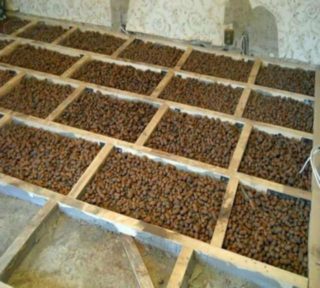
Before insulating the ceiling with expanded clay, you need to choose the method of laying the material. It all depends on the type of base, as well as the degree of heat loss through the attic or roof.
Interior
It is possible to insulate the ceiling in this way if a living room or an attic is equipped in the attic. In this case, a frame is installed on the ceiling of the previous floor, fixed with dowels. A waterproofing membrane must be installed between the ceiling and the insulation layer. A loose type of insulation, especially a fine fraction, is difficult to use. In addition, this method leads to a decrease in the space of the room.
External
This type of technology is used most often, since the installation process is facilitated. Expanded clay is laid from the side of the attic.
Outer
In this case, the construction of a suspended frame is not required. The use of expanded clay is encouraged here. This method is used if the attic space will not be used as living space or storage space.
Preparatory stage
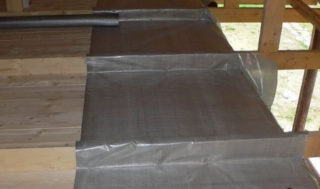
Before insulating the ceiling in the bath with expanded clay, you need to prepare the base. The process includes the following stages:
- Inspection of the roof for damage.
- Measurement of the attic floor. This step is needed to calculate the amount of materials.
- Calculation of the thickness of the insulation layer.
Further preparation depends on the type of substrate.A brick or concrete ceiling can be easily cleaned of debris and dust. If the house is built from a log house, the preparation involves the elimination of the old facing layer, treatment of the base with antiseptic agents, fire retardants. The cleaned surface is additionally treated with a primer.
Ceiling insulation process
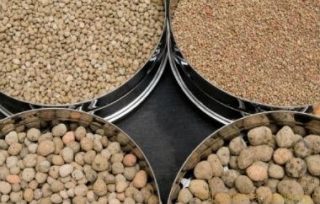
A cold ceiling necessarily requires insulation, since without this procedure, the microclimate in the room will worsen and fuel consumption in winter will increase. The process itself involves several stages:
- Vapor barrier of the base. Instead of polyethylene, it is better to use a specialized membrane. You need to carefully consider the choice of material if the room is not ventilated.
- Installation of a wooden frame. The selection of bars depends on the degree of humidity in the attic. Lags are laid across the room, and thin elements are laid along.
- Backfill of expanded clay. For the convenience of doing the work, it is better to use material of one fraction. The insulation must be evenly distributed over the surface of the base. If the sizes of the elements are different, small material is laid first.
- Insulation seal. So that the expanded clay is not damaged, you need to sprinkle it with sand.
If necessary, a concrete screed is poured over the material. If it is not planned, the insulation is covered with a layer of plastic wrap. There should be a gap of 2 cm between the expanded clay and the finishing base.
To find out how much insulation is required, you can multiply the ceiling area by the required layer of expanded clay. Since the material is prone to shrinkage, you need to add another 20% to the result. To minimize shrinkage processes, it is tedious to use several fractions of insulation.
When using expanded clay as a ceiling insulation, the layer thickness is calculated until the moment the material is laid. If it is less than 10 cm, the insulation will not fully function. When insulating a private building or a village house that will not be heated constantly, a 20 cm thick layer is sufficient. If the winters in the region are cold, the required layer is 30 cm or more.
Ceiling insulation in a private house
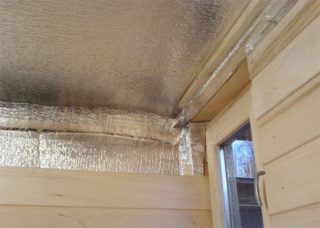
You can carry out the warming process with your own hands, if you follow the installation technology.
In the bath
Warming with expanded clay ceiling for wooden floors has some features. The seasonality of building heating is taken into account. An equally important parameter is the often high level of humidity in the room. Since expanded clay absorbs moisture, it must be protected with a foil film. The metallized layer is placed inside the room.
The vapor barrier is not laid along, but across the beams. In this case, the film must not be stretched. It should go onto the walls to the full height of the insulation layer. Insulation joints are glued with construction tape. On the base, it is fixed with staples. Expanded clay is allowed to fill with cement milk. Before backfilling, clay is placed on the vapor barrier.
Expert advice
You should not use expanded clay for ceiling insulation if there is no attic in the structure, since the material is hygroscopic. A good insulation layer is obtained if several fractions of expanded clay are used simultaneously. It is prohibited to use this material on suspended structures.
Expanded clay is a good insulation that can be used in various fields, including private housing construction. Compliance with the installation technology will provide reliable thermal and sound insulation.

